October 27, 2016
One in six public sector jobs to be lost to automation, claims report 0
 Up to 861,000 public sector jobs in the UK – around 16 percent of the overall workforce – could be automated by 2030 according to research by Deloitte. The research builds on Deloitte’s work with Oxford University on job automation and is included in the firm’s The State of the State report for 2016-17 – its annual analysis of the state of public finances and the challenges facing public services. Deloitte’s previous work has shown that all sectors of the UK economy will be affected by automation in the next two decades, with 74 percent of jobs in transportation and storage, 59 percent of jobs in wholesale and retail and 56 percent of jobs in manufacturing having a high chance of being automated. The public sector includes higher numbers of roles in areas such as education and caring, as well as jobs requiring public interaction, all of which are at lower risk of automation. However, Deloitte calculates that automation could still lead to a reduction of up to £17 billion in public sector wage costs by 2030.
Up to 861,000 public sector jobs in the UK – around 16 percent of the overall workforce – could be automated by 2030 according to research by Deloitte. The research builds on Deloitte’s work with Oxford University on job automation and is included in the firm’s The State of the State report for 2016-17 – its annual analysis of the state of public finances and the challenges facing public services. Deloitte’s previous work has shown that all sectors of the UK economy will be affected by automation in the next two decades, with 74 percent of jobs in transportation and storage, 59 percent of jobs in wholesale and retail and 56 percent of jobs in manufacturing having a high chance of being automated. The public sector includes higher numbers of roles in areas such as education and caring, as well as jobs requiring public interaction, all of which are at lower risk of automation. However, Deloitte calculates that automation could still lead to a reduction of up to £17 billion in public sector wage costs by 2030.










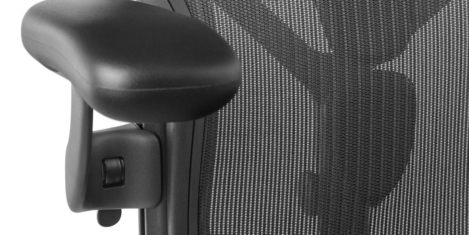
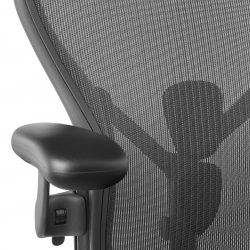










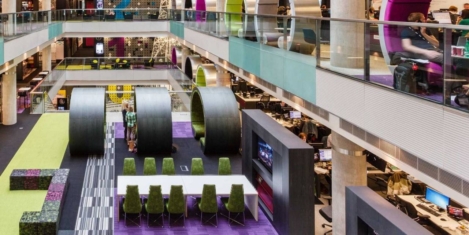
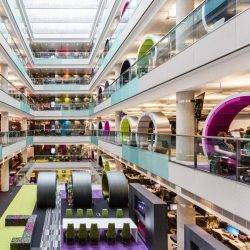







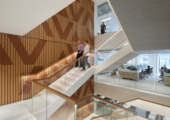


October 25, 2016
Millennials have just the same needs for peace and quiet as everybody else 0
by Steven Lambert • Comment, Wellbeing, Workplace design
More →